Curatorial Trainee Eleanor Hutchison on her work with the Northern European collection at Compton Verney
/Eleanor Hutchison, National Gallery Curatorial Trainee with Art Fund support and the assistance of the Vivmar Foundation, gives an update on her involvement with the research and re-display of the Northern European collection at Compton Verney:
During my first four months at Compton Verney I have been making plans for the re-display of the Northern European collection, thinking about wall colours, new display cases, and text panels, as well as undertaking new research into items within the collection. A really exciting part of this research has involved having infrared images taken of some of the artworks. Infrared radiation passes through paint layers until it reaches something it can absorb, such a black underdrawing, which is otherwise invisible to the naked eye. Infrared images were taken from a large panel painting depicting ‘Christ Taking Leave of His Mother’ by the Master of the Schwabach altarpiece, an artist working in Germany in the early sixteenth century. The results contained some real surprises. Two additional donor figures appeared, hidden under the forms of the two female donors who were painted into the final composition. One of these previously unknown figures includes a little girl. This has led to exciting questions about whom these people may have been and why they were not painted into the final composition.
Some fascinating results also came from a small devotional panel of the Virgin and Child by an Italian painter working in Bruges in the mid-sixteenth century, Ambrosius Benson. It was revealed that the upper body of the Virgin, and the Christ Child in her arms, was transferred from an existing template using the technique of pouncing; this is where little prick holes are traced around an existing image onto transparent paper and then transferred to a new surface, then using coloured power to rub into the little holes, an outline of the image is left. Free-hand underdrawing was also used to mark out the still life in the foreground and the drapery folds of the Virgin’s skirt. These rather unexpected results have helped inform further research into the attribution of this picture and the typical workshop practice of sixteenth-century Bruges.
I am also continuing to work with the curators on a Cranach the Elder exhibition that will be opening in 2020. We are in the process of meeting with lenders and writing loan requests. Throughout this process it has not only been a real privilege to see amazing works of art up close in the flesh, but I have also found it an incredibly useful experience to help me consider exactly what narrative we want for this exhibition and why certain works are so vital in telling that story.




